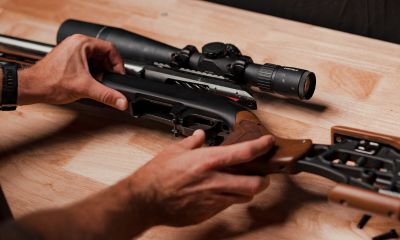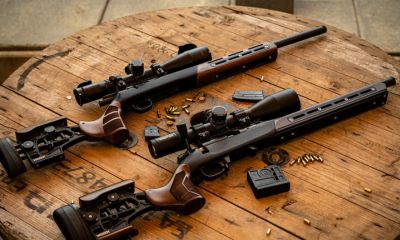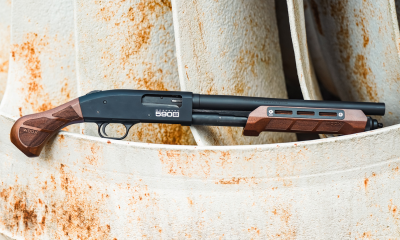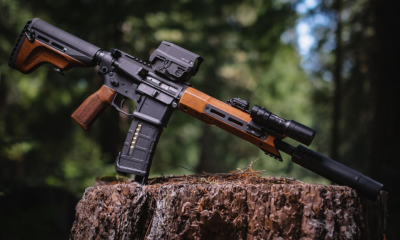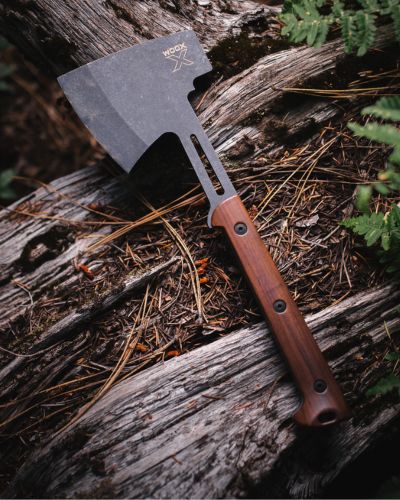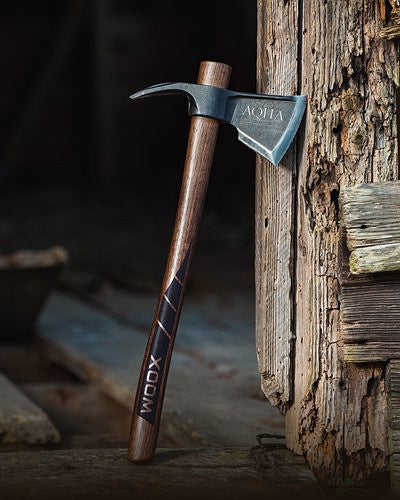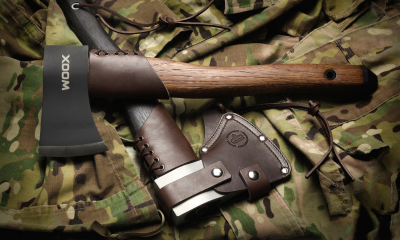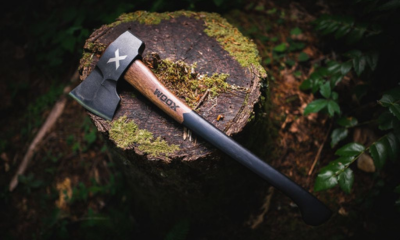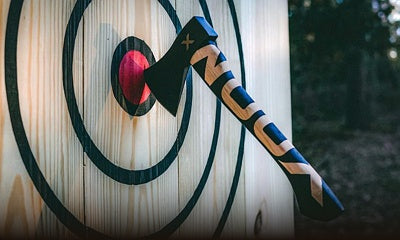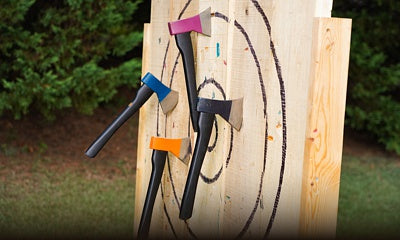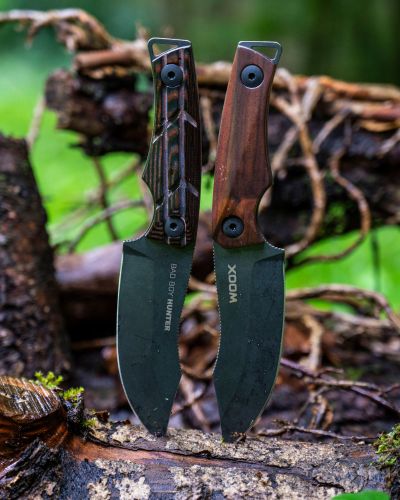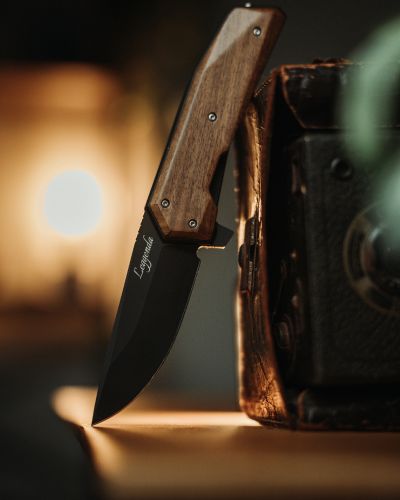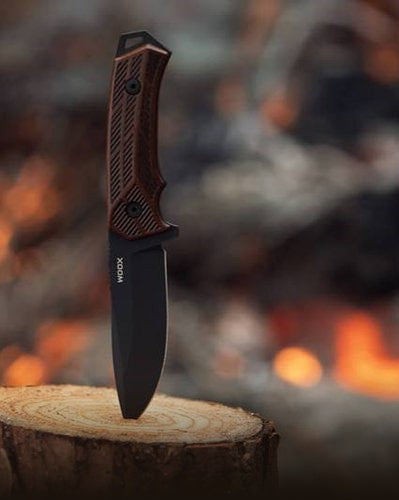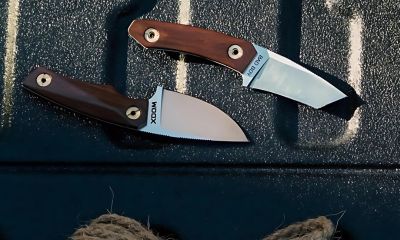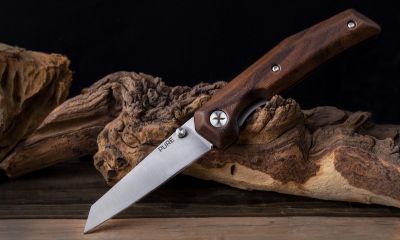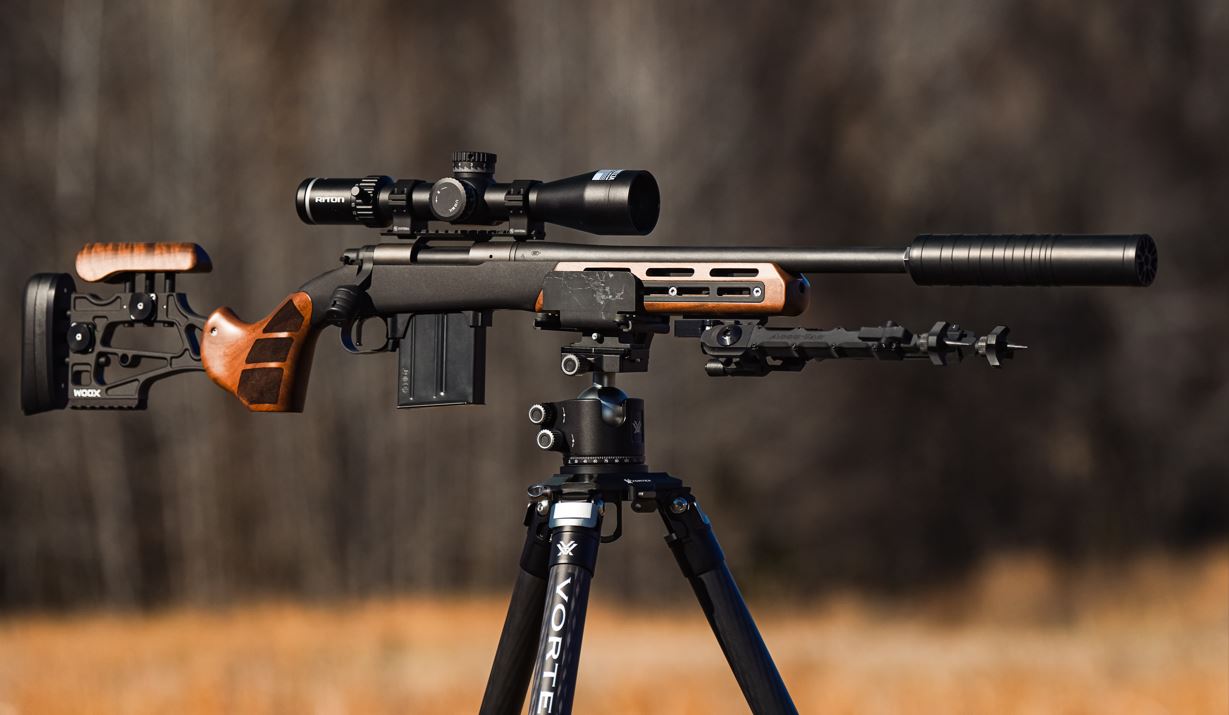Our First Precision Rifle Series (PRS) Shooting Weekend
In this Journal, we've written about various aspects of the shooting sports world. However, it wasn't until recently that we had the opportunity to fully immerse ourselves in the exciting and challenging realm of long-range shooting at a Precision Rifle Series (PRS) weekend event. In this article, we will share our first-hand experiences, from the anxiety of being beginners to the thrill of hitting targets at distances we never thought possible.
We will also explore the different disciplines within PRS and provide an overview of essential gear for anyone interested in joining the sport.
Getting Started
Upon arriving at the event, we were immediately struck by the camaraderie and welcoming atmosphere. Shooters of all skill levels gathered to share tips, encourage one another, and bond over a shared passion. Seasoned competitors eagerly offered advice and support to newcomers, creating a sense of belonging and unity. It didn't take long for us to realize that the PRS community is as much about the people as it is about the sport itself.
Equipment and Gear
One of the first things we noticed was the sheer variety of equipment and gear used by the competitors. Custom-built rifles and top-of-the-line scopes could be seen alongside more budget-friendly setups. This diversity highlighted the fact that PRS is accessible to shooters of all budgets and preferences.
our competition rifle
- WOOX Furiosa Chassis for Rem700 SA DBM (walnut version)
- Defiance Machine Rukus Custom Action (416R stainless steel, interchangeable bolt heads, proprietary floating bolt head design)
- Proof Research Comp barrel
- Area419 Hellfire Muzzle Brake
- Trigger Tech R700 trigger
- Vortex Optics Viper PST
- MDT mag & external weight kit system



Essential gear for getting started in PRS includes a bolt-action or semi-automatic rifle, typically in .308 Winchester or 6.5 Creedmoor calibers, a high-quality scope with adjustable magnification and turret adjustments for elevation and windage, and an adjustable bipod for stability in prone and supported shooting positions. Additionally, a small sand-filled rear bag aids in stability, while match-grade ammunition, hand-loaded or factory-produced, ensures consistent accuracy. A range finder is crucial for accurately measuring distance to the target, and a handheld device is used for measuring wind speed and environmental conditions. Finally, a data book or ballistic app for recording shooting data, such as wind, distance, and elevation adjustments, is essential for tracking progress and making improvements.
the learning curve
As newcomers to the sport, we quickly learned that mastering the fundamentals is key. The seasoned competitors were more than happy to share their knowledge and help us fine-tune our shooting stance, breathing, and trigger control. We also discovered the importance of understanding ballistics, reading wind, and making adjustments on the fly. Each piece of advice was invaluable in building our confidence and improving our performance.

The Stages
One of the most exhilarating aspects of PRS is the variety of shooting scenarios and stage designs. From shooting off barricades and improvised positions to engaging targets at various distances and angles, each stage tested both our physical and mental fortitude. As we progressed through the stages, we found ourselves increasingly absorbed in the strategic aspects of the sport, like selecting the optimal shooting position and managing our time efficiently.
The Thrill of Success
When the moment came for us to take our first shots in competition, our hearts raced, and our hands trembled. But as we focused on the fundamentals and squeezed the trigger, we were met with the satisfying sound of steel ringing in the distance. The exhilaration of hitting targets at ranges of 600 yards or more was indescribable, and the encouragement from fellow competitors only added to the excitement.
Exploring Different Disciplines
While the Precision Rifle Series primarily focuses on long-range. shooting, it also encompasses various disciplines that cater to different interests and skill levels. For instance, the PRS Gas Gun Series is designed for semi-automatic rifles, typically in .223 Remington or .308 Winchester calibers, offering a faster-paced shooting experience. Additionally, the PRS Rimfire Series is an excellent entry point for beginners or those seeking a more affordable alternative, with .22 LR rimfire rifles being the primary choice. PRS also offers a Tactical Division for shooters who prefer to compete using tactical rifles with specific caliber restrictions. Each discipline presents its unique set of challenges and nuances, providing ample opportunities for participants to explore and excel in their preferred shooting style.
learn more about prs disciplines

conclusions
Our first Precision Rifle Series shooting weekend was an eye-opening and thrilling experience. The welcoming community, the technical challenges, and the adrenaline-pumping stages all combined to create an unforgettable introduction to long-range shooting. The variety of disciplines within PRS ensured that there was something for everyone, whether they were new to the sport or experienced competitors looking to push their limits. As we continue to hone our skills and deepen our knowledge, we look forward to sharing more of our journey with you and perhaps even inspiring others to take up this incredible sport. With the right gear, guidance, and determination, anyone can experience the exhilaration of precision shooting and become a part of this fantastic community.



